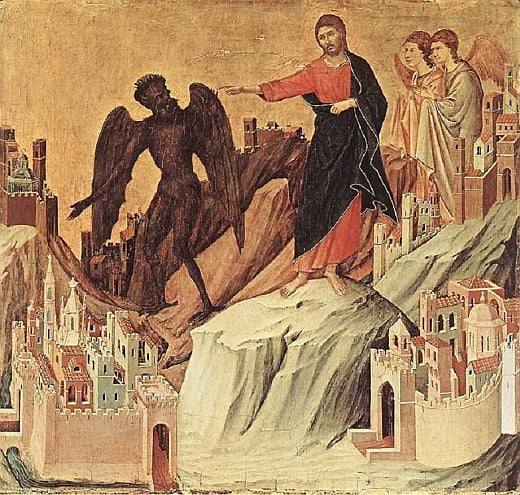
???? ? ?????? ?????? ??? ??? ?????? ??? ??? ?????????, ??????????? ??? ??? ????????. ??? ????????? ?????? ???????????? ??? ???????????? ??????, ??????? ?????????. ??? ????????? ? ???????? ????? ????, ?? ???? ?? ??? ????, ???? ??? ?? ????? ????? ????? ????????. ? ?? ?????????? ?????, ?????????, ??? ??’ ???? ???? ??????? ? ????????, ???’ ??? ????? ?????? ???????????? ??? ???????? ????.
???? ???????????? ????? ? ???????? ??? ??? ????? ?????, ??? ??????? ????? ??? ?? ????????? ??? ?????, ??? ????? ????, ?? ???? ?? ??? ????, ???? ??????? ????? ????????? ??? ??? ???? ???????? ????? ?????????? ???? ??? ??? ??? ?????? ??????? ??, ?????? ????????? ???? ????? ??? ???? ???.
??? ???? ? ??????, ????? ?????????, ??? ??????????? ?????? ??? ???? ???.
????? ???????????? ????? ? ???????? ??? ???? ?????? ????, ??? ????????? ???? ????? ??? ????????? ??? ?????? ??? ??? ????? ?????, ??? ????? ????, ????? ??? ????? ???? ??? ????? ??????????? ???.
???? ????? ???? ? ??????? ?????, ??????? ????????? ???, ?????? ??? ???? ??? ???????????? ??? ???? ???? ??????????.
Then Jesus was led by the Spirit into the desert to be tempted by the slanderer. After fasting forty days and forty nights, he was hungry. The tempter came to him and said, “If you are the Son of God, tell these stones to become bread.”
Jesus answered, “It is written: ‘Man does not live on bread alone, but on every word that comes from the mouth of God.'”
Then the slanderer took him to the holy city and had him stand on the highest point of the temple. “If you are the Son of God,” he said, “throw yourself down. For it is written:
“‘He will command his angels concerning you,
and they will lift you up in their hands,
so that you will not strike your foot against a stone.'”
Jesus answered him, “It is also written: ‘Do not put the Lord your God to the test.'”
Again, the slanderer took him to a very high mountain and showed him all the kingdoms of the world and their splendor. “All this I will give you,” he said, “if you will bow down and worship me.”
Jesus said to him, “Away from me, Satan! For it is written: ‘Worship the Lord your God, and serve him only.'”
—Matthew 4:1-10
The story of the temptation of Christ appears in Matthew and Mark but only very briefly in Luke. It marks one of the relatively few appearances of Satan in Scripture, and it’s noteworthy that the word used in the original text, ????????–though rendered as “devil” in the King James Bible–by the consensus of modern scholarship actually means “slanderer.” Whether this arose from a misunderstanding or not, in the Middle Ages, this passage provided the basis for the graphic portrayal of the devil. Here we see one of the most striking of those, the thirteenth century Sienese painter Duccio, whose devil has many of the characteristics of the modern iconography. Boticelli’s famous fresco in the Sistine Chapel shows the slanderer as a Medieval wizard. Juan de Flandes’s painting showed him as a wily monk, and a painting I remember seeing in the Rheinische Landesmuseum from around 1520 showed him as a monk with the facial characteristics of Martin Luther (Lutherans, of course, reciprocated by showing the devil with the pope’s triple tiara).
The episode comes after a period of forty days of fasting, and there are three specific temptations, each of which Christ answers with a quotation from Deuteronomy. The nature of each temptation is significant. The first was the challenge to turn stone to bread, a challenge to use divine powers for material comfort, or perhaps economic capacity. This is denied with the statement that “man does not live by bread alone,” a reminder of the transcendent role of spirituality over economic usefulness. The second is in some ways the most problematic, in it the tempter asks why Christ will not hurl himself from a pinnacle, putting his faith in God to save him. But Christ answers that God should not be put to the test. This appears to be a caution against the excesses of religious zeal or fanaticism. The third is the offer of temporal power over humankind–it points to the seductive nature of political power. This too is spurned.
The three tests point to the weaknesses of the human condition, and the prospect that the believer will be led astray by three false paths. The first is a life devoted to material things at the expense of humankind’s spiritual needs, a life which might today best be understood in terms of a careerist rut. The second which balances the first is religious fanaticism which loses sight of all the earthly duties which humans must bear. But the third is the most intriguing, for it points to the great danger of political power to corrupt and pervert he who holds and wields it. A just ruler, it suggests, is one who does not seek power, but holds it as a burden, and then willingly lets go of it. Political power, it suggests, is the most potent and most dangerous of the three temptations.


